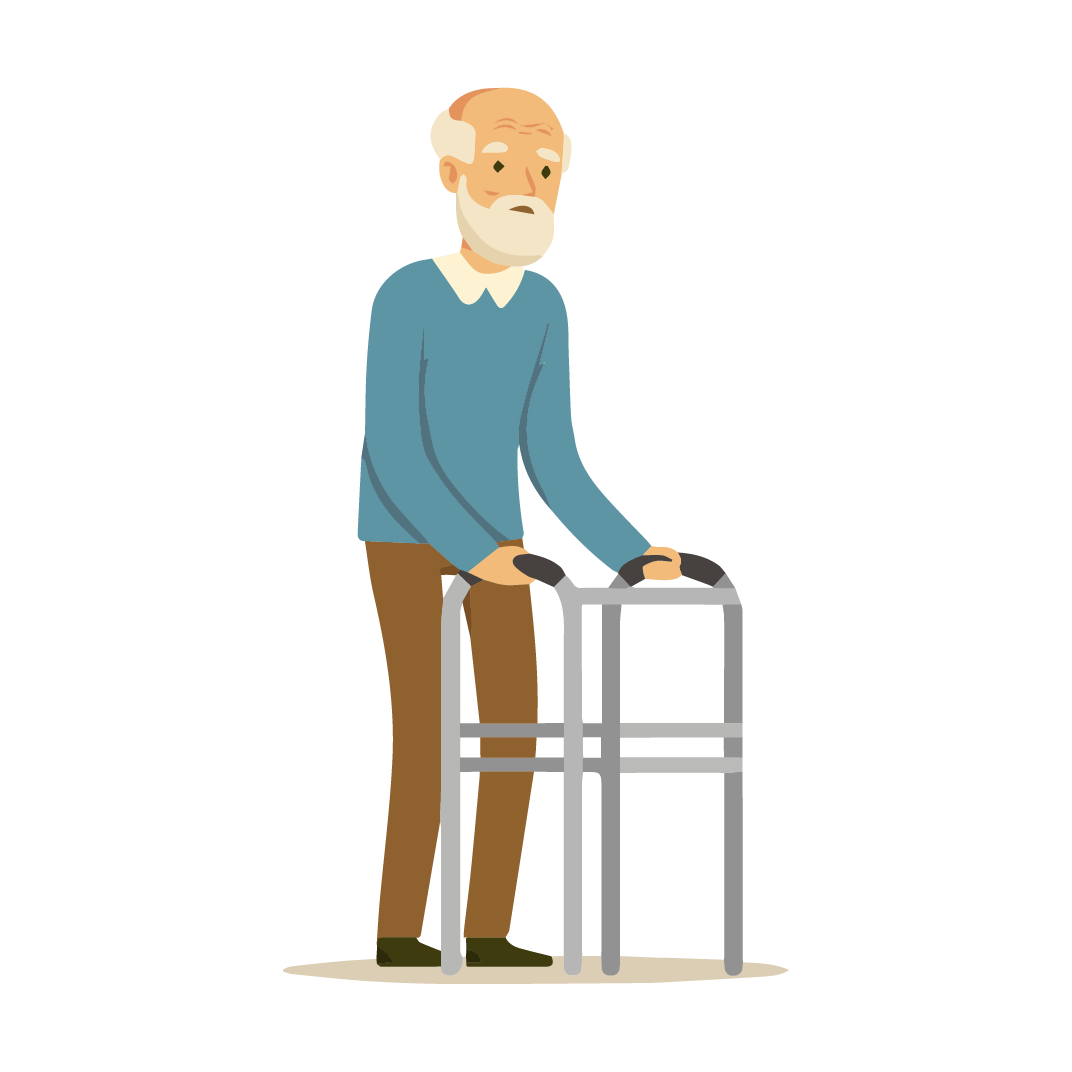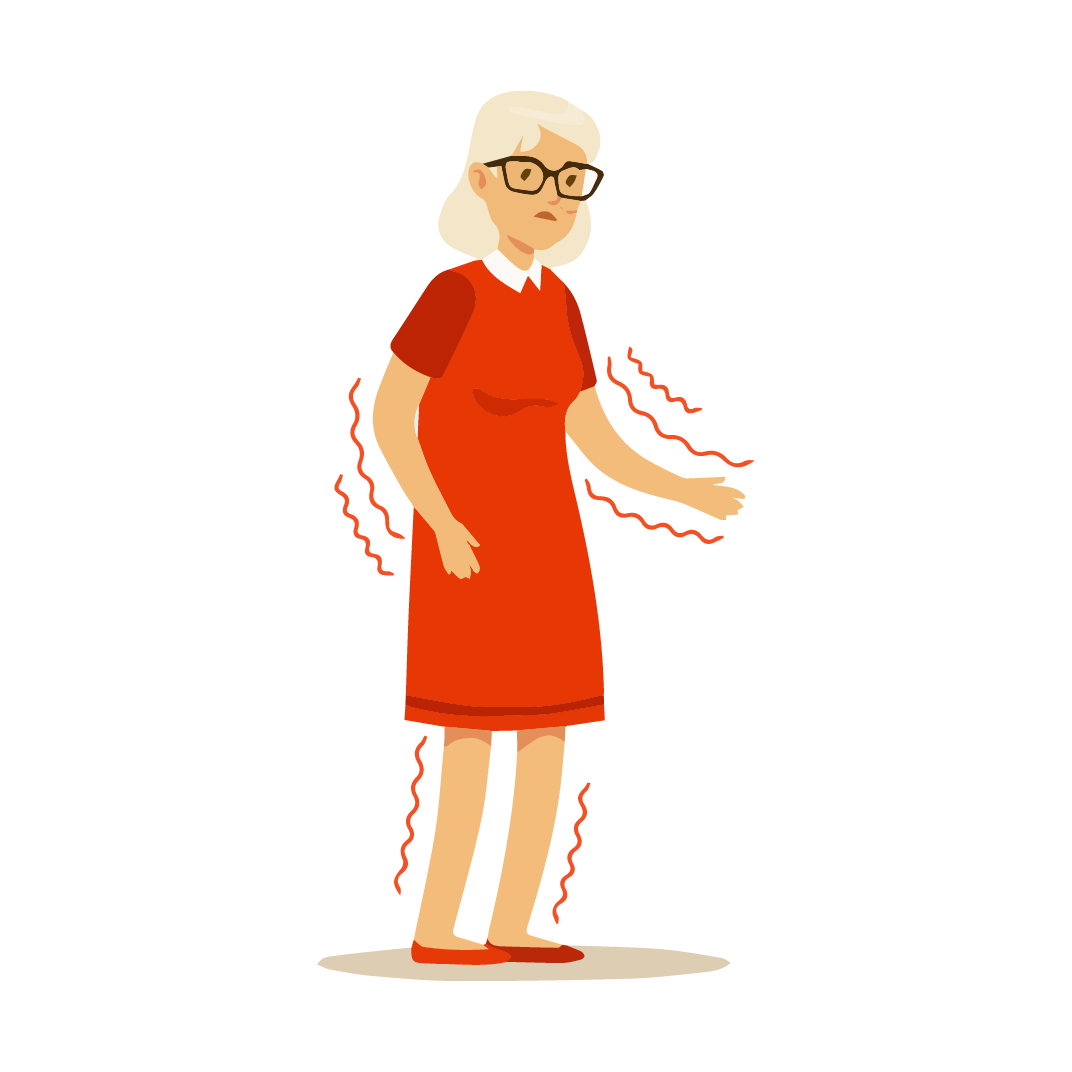Falls Prevention & Physiotherapy
An ounce of prevention is better than a pound of cure
What are the risks?
"Falls can happen, yet by keeping active, and steady on your feet, your strength increases, your balance improves, and your risk of falling and having an injury reduces. The more you do, the more you can do.
Currently, one in seven New Zealanders are 65 and over. Around 30% to 60% of people in this age group have a fall each year. And 10% to 20% will end up in hospital with a fracture.
Those over the age of 85 are 15 times more likely to fracture their hip in a fall than a 65-year-old. Hip fractures can have a huge impact, with 30% of those over 85 who suffer one requiring placement in aged residential care." (ACC, 2017)
How do I know if I’m at risk?
When considering whether you are at risk of falling, these are some the questions you should be asking yourself
1) Have I had a history of falls in the past year?
2) Am I taking 4 or more medications a day?
3) Have I been diagnosed with Parkinson's disease or had a previous stroke?
4) Do I feel I have poor balance?
5) Can I stand from a chair without using my hands?
If you answer yes to more than 3 of those questions you would likely benefit from a physiotherapy led exercise program (Nandy et al, 2004).
How can I make it better?
Your physiotherapist can complete a thorough initial assessment looking at your gait, balance, muscle strength and functional capabilities and provide you with a tailor-made individualised strength and balance retraining program. Specific strength and balance retraining have been shown to reduce falls rate by 25% (Gillespie et al, 2012).
References:
ACC (2017, 3 July). Staying safe from trips and falls. Retrieved from:https://www.acc.co.nz/preventing-injury/trips-falls/
Gillespie, L.D., et al. (2012) Interventions for preventing falls in older people living in the community [Online]. Available from: http://www.thehealthwell.info/node/478285 [Accessed: 7th December 2018].
Nandy et al. (2004). Development and preliminary examination of the predictive validity of the Falls Risk Assessment Tool (FRAT) for use in primary care. Journal of Public Health, Volume 26, Issue 2, Pages 138–143.





